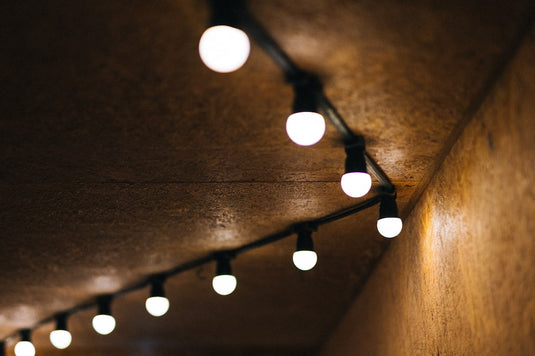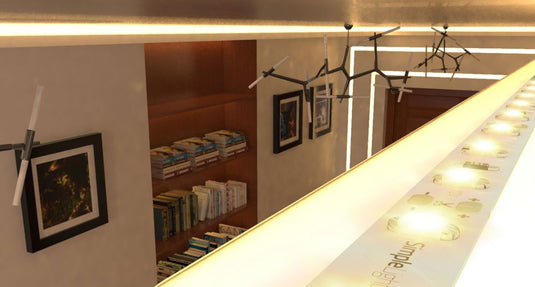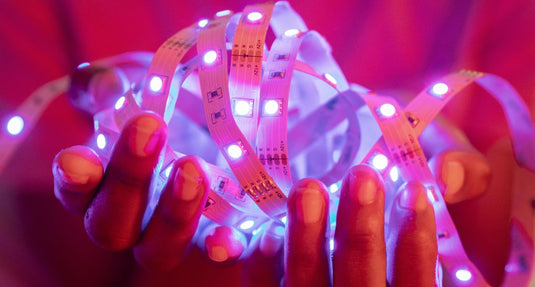Light-emitted diode (commonly known as short LED) is highly energy-efficient. Short LED technology is constantly growing and evolving. By investing in high-quality LED light bulbs, you will get light for a longer time thank to their excellent durability.
Many people are starting to use LED light bulbs. You might have contemplated making the switch yourself after hearing about the extensive list of benefits that come with them. Regardless if you are currently using LED light bulbs, it’s always good to get more knowledge on technology that can help improve the world.
Being the most energy-efficient bulb on the market today, LED light bulbs offer a whole lot of benefits when using them. We’ve put together this article to help you understand more about LED light bulbs and how they can benefit you. Continue reading to find out more.
LED Light Bulbs Give Off Low Radiated Heat
An incandescent bulb works by heating its filament to a temperature where it is able to produce light, but an LED light bulb releases electromagnetic energy as light when it is electrified. Rather than using heat to produce light, LED light bulbs turn energy into light instead. LED light bulbs are able to operate at a much lower temperature than all of the other light bulb variants.
LED light bulbs do produce low heat, but whatever heat that’s produced from the light bulb is dissipated from a special heat sink - this was created to be able to absorb the internal heat and then quickly get rid of it.
You might discover that when you touch the base of your LED light bulb, you can feel some form of heat - this doesn’t mean your led bulb is producing any IR (infrared radiation) in their beam, so don’t worry. You’ll often find that LED light bulbs are commonly used in areas that are heat-sensitive, such as art galleries.
LED Light Bulbs Have A Long Life
One of the main components of LED light bulbs (placed indoor or outdoor) is the way they’re able to generate powerful light whilst maintaining a long lifespan.
The reason why LED light bulbs are able to have a long, efficient lifespan is because they’re able to generate low heat levels, durability and most importantly energy. The way that LED light bulbs are created means that they can easily outlast many of its competitors by thousands of hours.
The typical life range of a fluorescent light bulb is anywhere from 25,000-35,000 hours, whereas an LED light bulb can last up to 50,000 hours. Typically, the main part of a light bulb is the filament which overtime weakens, meaning there is a risk that your bulb could suddenly burn out.
LED light bulbs don’t burn out the same way other light bulbs do - this is because the amount of light they create will shrink over time due to ‘lumen depreciation.’
The lifetime of an LED light bulb is focused on how long it will take the lumen output to start going down to 30%. LED light bulbs have a much longer lifespan compared to other types of light bulbs and only has a slight amount of decreased light illumination.
LED Light Bulbs Offer High Brightness
There’s a common misconception that LED light bulbs don’t offer high brightness, but this isn’t true. LED light bulbs are definitely capable of producing a high level of brightness that can light up your room. The LED light bulb lumen output on average is 4,000, meaning you can get energy-efficient lighting all whilst getting high levels of brightness.
LED Light Bulbs Are Reliable
It’s important that you have a reliable light source, after all, we need light to see clearly. LED light bulbs are known to be extremely durable and reliable. LED light bulbs are able to successfully operate in cold temperatures and can withstand any potential impact and vibration compared to other light bulbs on the market.
Due to their amazing stability, LED light bulbs are the ideal lighting fixture to use in areas that are at risk of changing temperatures, such as a garden.
How Are LED Light Bulbs Efficient?
Due to their high lumen output, LED light bulbs are able to successfully turn about 70% of the energy that they produce into the light. This makes them arguably the most efficient choice when it comes to light bulbs.
To summarise the efficiency of LED, It will only take a 6-watt LED bulb to create the same amount of light that a 40-watt incandescent is able to produce. LED light bulbs also have a lower temperature meaning that there is more safety when you’re operating them.
Unlike LED light bulbs, incandescent bulbs are known to get the extremely hot, meaning that they’re unsafe to touch and should be kept far away from any children.
In worst-case scenarios, filament bulbs have caused house fires, but with LED light bulbs, you don’t have to worry about this happening thanks to their low temperature.
If you replace a single 60-watt light bulb with an LED, it will reduce CO2 emissions by 160kg. So, if you decide to replace 10 light bulbs in your home with LEDs, then you can reduce C02 emissions by a massive 1599kg over the span of a year.
Due to their high energy efficiency, they have become increasingly popular in households. If you need any additional help in regards to led lighting, feel free to contact a member of our team today.




